Stop denying the cultural heritage of others - UN expert
Friday, 21.10.2016.
17:34
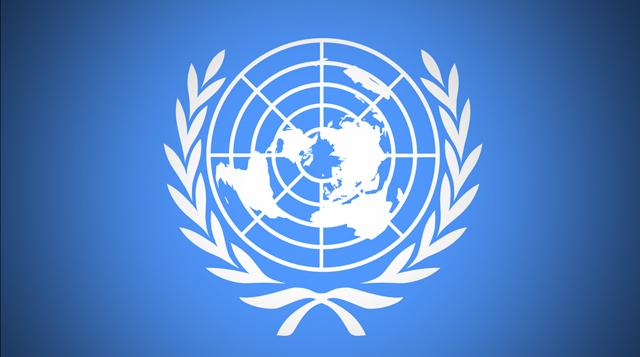
Stop denying the cultural heritage of others - UN expert
(*) Throughout this document, the reference to Kosovo shall be understood in full compliance with United Nations Security Council Resolution 1244 (1999) and without prejudice to the status of KosovoI am pleased to share my preliminary observations at the end of the 12-day official visit I carried out in my capacity as UN Special Rapporteur in the field of cultural rights in Serbia and Kosovo.
I am an independent expert appointed by and reporting to the United Nations Human Rights Council in Geneva. The Council has mandated me to identify best practices, but also possible obstacles in the promotion and protection of cultural rights, and to conduct country visits to this effect.
I was eager to visit Serbia and Kosovo in order to address in a comprehensive way and using a human rights approach cultural heritage issues that are of interest to all. This is why this end of mission statement contains observations and recommendations that are addressed to both Belgrade and Pristina on issues of common concern, in particular when it comes to the fate of the cultural heritage of the Serbian Orthodox Church in Kosovo. My statement also contains additional observations relating to other cultural rights issues in Serbia and in Kosovo, which I believe deserve greater attention. At a later stage, I will submit a full report to the Human Rights Council. My recommendations should be viewed as a whole, rather than taking any particular recommendation out of the context of the entire package.
I wish to thank the authorities in Belgrade and Pristina for the level of access to relevant officials and agencies that I was granted, and for the full access to places and sites I wished to visit without any impediment. The only limit I faced in this regard was time, and this statement should be understood as the reflection of a 12-day visit.
During my visit, I sought to discuss issues with all stakeholders from many diverse backgrounds and identities so as to hear their narratives and understand their perspective. I would like to thank all the persons and institutions I met for their time, warm hospitality, and the wealth of information they shared with me. I have conducted this visit in a spirit of co-operation and constructive dialogue, to offer my perspective and to stress how important it is to understand the current debates surrounding cultural heritage from the perspective of human rights, including cultural rights.
Cultural heritage – General issues
Cultural rights protect the rights for each person, individually and with others, as well as groups of people, to develop and express their humanity, their world view and the meanings they give to their existence and their development through, inter alia, values, beliefs, convictions, languages, knowledge and the arts, institutions and ways of life.Cultural rights also protect access to and enjoyment of cultural heritage. The right of access to and enjoyment of cultural heritage includes the right of individuals and collectivities to, inter alia, know, understand, enter, visit, make use of, maintain, exchange elements of and develop cultural heritage, as well as to benefit from the cultural heritage and the creation of others. It also includes the right to participate in the identification, interpretation and development of cultural heritage, as well as in the design and implementation of preservation and safeguard policies and programmes. This right is guaranteed by international human rights law, including the Universal Declaration of Human Rights, the International Covenant on Economic, Social and Cultural Rights and the International Covenant on Civil and Political Rights.
Let me stress here that varying degrees of access and enjoyment may be recognized, taking into consideration the diverse interests of individuals and groups according to their relationship with specific cultural heritages. I believe that this specific point is of great importance to the situation in Serbia and Kosovo.
Cultural heritage is significant in the present, both as a message from the past and as a pathway to the future. Viewed from a human rights perspective, it is important not only in itself, but also in relation to its human dimension, in particular its significance for individuals and groups and their identity and development processes. It is critical to emphasize the connections between culture more broadly and cultural heritage, and to recognize cultural heritage as living and in an organic relationship with human beings.
I encourage everyone to understand cultural heritage in a holistic way, including the contributions and perspectives of all groups. Everyone, including Serb, Albanian, Roma, Orthodox, Muslim and Jewish people and all minorities, as well as secular people, women, LGBT people, persons with disabilities and people of mixed identities make significant contributions to cultural heritage and the existence of a vivid cultural life. This must be recognized. As important as they are, cultural heritage is not composed only of monasteries and mosques; it also includes artistic, historic and and other cultural sites.
There should be no monolithic view of what constitutes or can constitute cultural heritage, and cultural heritage should never be used to construct discourses or policies aimed at the exclusion of others. Cultural heritage is “multilayered”.
With regard to the tensions regarding cultural heritage arising between Serbia and Kosovo, I wish to make the following general points, before proceeding to separate, detailed consideration below.
It was no surprise to me to find out that narratives and perspectives were quite dissimilar depending on where I was and with whom I was speaking. I am concerned about the human rights impact of the perception gap regarding the meaning and importance of different aspects of cultural heritage.
In Serbia and in Kosovo, I was particularly sorry to hear or read disparaging discourses disputing the importance of the cultural heritage of the Serbian Orthodox Church in Kosovo, or intentionally omitting mention of the specific relationship of the Serbian Orthodox Church with certain sites. Conversely, I regret discourses minimizing the importance or even the existence of the cultural heritage of Kosovo Albanians. Both discourses are damaging to human rights and equally offensive. Fortunately, I had the opportunity to meet people in civil society from diverse backgrounds who are eager to combat such perspectives and organize joint events with people of mixed backgrounds to visit each other’s sites of cultural significance. Such activities were often curtailed due to lack of funding, and need all possible support, from Serbia, from Kosovo, and from the international community.
There is also a clear need for mutual acknowledgment of the harm that has been done in the past by attacking heritage related to various groups, and the suffering this has caused. Lasting peace and reconciliation require no less. I refer to the many reports of widespread attacks against and destructions of mosques, historic centers and cultural sites such as archives committed by Serbian security forces and paramilitaries in 1999 in Kosovo, as well as against churches committed by the Kosovo Liberation Army. I also refer to the intentional destruction of, in particular, 35 listed Orthodox monuments and churches between 17 and 19 March 2004, followed by a number of attacks and incidents against Serbian orthodox cultural heritage since then. I likewise regret retaliatory attacks during the events of March 2004, including one on the workshop of well-known Kosovo Albanian sculptor Agim Čavdarbaša in Pristina, as well as those against two mosques in Niš and Belgrade (which I visited). I heard in the voices of victims and eyewitnesses to such acts, and to those in groups particularly affected by them, the same shock and pain and loss about which I have the greatest concern. I greatly appreciate those from all backgrounds with whom I met – whether in Mitrovica/Mitrovicë north or south for example - who echo such universalist views as “Culture can never be divided”. I condemn unreservedly all of these destructions of cultural heritage and insist on all necessary steps being taken to prevent any repetition and to hold perpetrators accountable, in accordance with international norms.
I regret the high level of politicization of cultural heritage issues. This reduces cultural heritage to a tool, undermines the protection of cultural heritage and heightens the risks to it, produces monolithic discourses not appropriate in diverse societies, and impedes implementation of a wide range of human and cultural rights for all. Serbia and Kosovo must depoliticize the issue of cultural heritage and de-link cultural heritage matters from nationalistic agendas. Cultural heritage is not a weapon: it is an issue concerning universal human rights. In any political campaign, and in the response to any such campaign, cultural heritage must not become a political football. This is absolutely essential.
Visit to Serbia
In Serbia, I visited Belgrade, Novi Sad, Novi Pazar and Niš. I had the opportunity to hold meetings with a number of Government officials, at the national and municipal levels, including those in the areas of culture, cultural heritage and education. I had the pleasure to meet with the Minister of Culture and Media as well as the Minister of Foreign Affairs, and I discussed issues with the Office of Human and Minority Rights and the Office of Kosovo and Metohija. Furthermore, I held discussions with a number of ombudspersons and several national councils for minorities. I met artists, academics, representatives of civil society, religious leaders from the Serbian Orthodox, Muslim and Jewish communities, human rights defenders, including women’s human rights defenders, peace activists, artists and cultural heritage experts and defenders.I was pleased to receive the assurances by the Minister of Culture and Media that a draft strategy on culture, which will refer to human rights including cultural rights and express a commitment to the protection of cultural heritage of all people living in Serbia, will soon be submitted for public debate. I encourage the widest consultations with civil society organisations and professionals in the field of culture and the arts for elaborating such a strategy. I also hope that adequate funding will accompany it.
In Serbia, there remain serious challenges to cultural rights in many areas, which must be urgently addressed. These include the ability to discuss, produce and access cultural content related to the past atrocities of the 1990s, as well as freedom of artistic expression and creativity, and the rights of human rights defenders. Many of these difficulties are reportedly related to the impact of resurgent nationalism.
I am pleased to see advances as well. For example, LGBT rights activists in Serbia told me that the climate for their work has improved. I was pleased to learn that after several years of being banned or met with hostile counterdemonstrators, the Belgrade Pride march has been permitted since 2014 and this year did not face counter protests. I salute the organizers of this event for their efforts to promote human rights. I note that while it is important to provide security for this event it is also important not to over securitize it so as not to create a barrier between the marchers and the public.
I am deeply concerned at reports of ongoing pressure on the exercise of freedom of artistic expression and creativity, with one artist suggesting that “in 25 years, we never faced censorship like now.” For example, the independent DAH theatre which has long been associated with critics of past atrocities and has engaged in street performances about war crimes, told me that after years of investing in a particular location, they were now unable to remain in that space, which is in a city-owned building. It was reported to me that Dušan Petričić, a noted political cartoonist was fired from the newspaper Politika, and then re-hired after protests, after drawing cartoons critical of the Prime Minister. Some artists and civil society organizations also reported on at least one case of the directors of a cultural institution fired for having opened his or her spaces for alternative cultural programmes, and stressed that the independent art scene is being negatively impacted by patterns of funding.
An ongoing concern has to do with pressure on human rights defenders, including those defending cultural rights. I am worried about the impact of a recent exhibition, entitled “Uncensored Lies”, which reportedly took place in at least one public institution, and targeted people who had been critical of the government or, for example, had asked questions about the genocide in Srebrenica. The exhibit sometimes displayed the names and photographs of human rights defenders. I am pleased to note however that civil society and independent voices were raised to counter the potentially negative impact of the exhibition, and hope that such events will not be repeated.
Of deep concern to me is also the pattern of attacks against events held by the renowned peace and women's human rights organization Women in Black when they carry out activities seeking to commemorate atrocities committed during the 1990s and World War Two. These efforts are critical to create a dialogue about events of the past, which is key to improving the climate for the enjoyment of cultural rights for all without discrimination and cultural heritage. Additionally, I am concerned that reportedly the authorities have not undertaken sufficient measures to combat these attacks and I call on them to do so. I am also sorry to hear about an incident in 2016 in which stones were thrown through the windows of the Human Rights House in Belgrade. There needs to be a full investigation into this incident, and measures must be taken to prevent any further such acts. Some human rights defenders, peace activists and persons who had opposed atrocities in the 1990s indicated that they had been branded as “traitors”, who were seen as somehow excluded from Serb and Orthodox identities.
Some, including many of Serb ethnicity, expressed concerns about the human rights impact of the role of the Serbian Orthodox Church when it was seen to impose itself as a “cultural authority.” Others expressed concern about the close relationship between the Church and the State, including for example reported cases of observance of Serbian Orthodox celebrations at municipalities and in schools.
I visited Staro Sajmište, an old expo fair site which was used as a concentration camp for women and children during WWII in the center of Belgrade. After the war, Sajmište was populated by Roma, some of them descendants of the camp inmates, and refugees from the 1990s wars also settled there. The location had its protected status revoked in 1992, which enabled companies to open business and successfully obstruct its preservation and commemoration. A number of civil society organizations have campaigned for the site to be protected and used as a memorial to all victims, Jews and Romas, imprisoned Partisans, Serbs from the Independent State of Croatia as well as prisoners of war who stayed in the camp, many of whom also died. While the municipality of Belgrade established a Commission for Sajmište in 2011, I am seriously concerned that to date no decision has been taken to memorialize the site in an adequate manner. I am also concerned at reports that the German Pavillon is under threat of destruction by the municipality for the construction of a road, and that the Topovske Supe camp used for men is planned for destruction in 2017 to build a shopping mall. I also find particularly offensive that at the site of mass executions of men, in Jakuba, Pančevo, the memorial built in 1981 is in very bad condition and used by a local hunting association for target practice and wildlife hunting. I strongly recommend to the Government of Serbia and the Municipality of Belgrade to ensure the adequate memoraliziation of these sites, in consultation with the concerned communities.
I was pleased to visit the statue honoring the Romani singer Saban Bajramovic in Niš, which has been erected as the result of a civil society initative. I was sorry to learn that this statue has been vandalized in the past, including with swastikas and ethnic slurs, but I pleased to hear that measures had been taken to ensure no attacks on it since. Further measures should be taken to create more monuments commemorating the heritage of the Roma, and other marginalized people, to consult the people concerned when doing so, and to make sure that such sites are treated with respect and used to promote tolerance and inclusion, rather than as what one civil society voice called “an alibi.”
Roma civil society stressed to me the need for the creation of Roma cultural institutions to combat what they felt to be considerable anti-Roma sentiment, expressed, in particular, in the media, and by those they termed “neo-nazis,” and as a means to improve the overall human rights condition of Roma. They noted the lack of representation of Roma on the administrative board of Radio-TV Serbia and the perceived lack of inclusion of Roma in e.g. local archives, all of which need to be addressed. I was glad to learn that the Deputy head of the Office of Human and Minority Rights is Roma.
Surely, more needs to be done in the field of education to ensure teaching about the cultural heritage of all. In particular, the history teaching curriculum should depart from the tradition of learning chronologically ordered historical facts by heart. It is necessary to introduce a new curriculum which would present a thematically based study of history, thus enabling a more thorough teaching about historical phenomena, including lessons on cultural heritage and its meaning. In addition, history teaching should be conducted from a comparative and multi-perspective approach, in order to learn more about “the Other”, including their view of historical events. This is especially important for controversial events on which neighbouring people often hold opposing opinions, which deepen mutual misunderstanding and “memory” conflicts, and even tangible conflicts between people and states. History should be taught as a field for discussion and different interpretations, not as a field of rigid and single possible “national” truths.
I was also informed about the legal framework put in place to ensure the linguistic rights of minorities. The Law on National Councils of National Minorities, enacted in 2009, grants national councils on minorities wide ranging competences in the fields of culture, education, information dissemination and official use of language and alphabet. However, many interlocutors stressed the need to decrease the current segregation of children belonging to some minorities in the education system, and more widely in society, when they are taught exclusively in their mother tongue and when members of the majority are not taught the relevant minority languages. I encourage the Government of Serbia, in consultation with the concerned minorities, to enlarge access to bilingual education so as to enable children belonging to minorities to participate in the wider society while still enjoying fully their linguistic rights.
Visit to Kosovo
In Kosovo, I met with representatives of the Kosovo authorities, including the Minister of Foreign affairs and the First Deputy Prime Minister, as well as governmental experts in the field of cultural heritage and the protection of monuments, environment and spatial planning, and gender equality. I do regret however that despite several requests, I was unable to meet the Minister of Culture.. I discussed issues with members of the Parliamentary Committee on Youth, Sports and Culture and municipal authorities. I had the opportunity to discuss with representatives of the Kosovo police and of KFOR. I also met members of the Serbian Orthodox Church, the Muslim clergy, diverse representatives of civil society including those representing Kosovo Albanians, Kosovo Serbs, Roma, Ashkali and Egyptian populations, and women’s human rights defenders. I also met with the international organizations as well as with the UNMIKAs noted, my approach has been to look both at the particular connections groups have to particular aspects of heritage, as well as the ties to the broader population. I was pleased to have been able to visit various parts of Kosovo. I travelled to Mitrovica/Mitrovicë, Peć/Peja, Prizren, and Pristina. I visited many sites, including churches and monasteries, mosques, historic centers, old bazars, as well as an artistic gallery. I saw many hammams and many important cultural landscapes. Many of the sites I visited had been damaged or destroyed in 1999 or 2004, such as the Bayrakli mosque and the old bazar in Peja/Pec, the Church of Saint Georges in Prizren or the Agim Cavdarbasha Gallery in Pristina. But I also visited the historic center of Prizren where many cultural heritage buildings have been destroyed, damaged or threatened more recently by urban development projects. I noted the particular challenges and difficulties facing cultural heritage defenders who raise these issues, and I am concerned at reports that some of them have been threatened, including by private actors from the field of business.
As UN Special Rapporteur in the field of cultural rights, I urge that further opportunities are created for people from all backgrounds in Kosovo -including Albanians of all religious backgrounds and of no religion, Serbs, members of the Roma, Ashkali and Egyptian communities, people of mixed identities and others - who are concerned about cultural heritage, including cultural heritage experts, professionals, defenders and ordinary people, to come together to share their concerns, their knowledge and join their efforts to protect cultural heritage of all and of particular groups.
I appreciate that there is a complex legal and institutional framework for the protection of cultural heritage in Kosovo, including the 2008 Law on cultural heritage for which I heard praise. However, I remain concerned about the lack of implementation of this framework, the need for coordination among these institutions and the fact that some of them appear inactive, nonexistent or dormant. I also noted that there were concerns raised with me a number of times that national policy or even court decisions were not being fully implemented at the municipal level. Above all else, the key is political will, which must be clearly expressed and actively employed, and must be more than window-dressing for political purposes.
As mentioned earlier, one thing that has impressed me throughout my visit is the absolute need for mutual recognition of the cultural heritage of all, and of its importance and meaning for various people and communities. The past destructions of cultural heritage are an integral part of other atrocities and crimes committed against people and of the suffering that these destruction have inflicted. Accountability for these violations of international law remains essential. I note with appreciation the letter of the President of Kosovo, sent during my visit, calling for prosecutions in these areas, and I will watch closely for the full, impartial and inclusive implementation of this important initiative.
One of the first important points of my preliminary recommendations is to increase education programmes on the cultural heritage of all (in the curriculum itself, and not only through extra-curricular activities that also are important), and to ensure history teaching in a multi-perspective manner. While I encountered many excellent and committed professionals, I also learned of the need for capacity building in related fields, and noted with concern the lack of a university program in archaeology.
Cultural heritage of special significance to the Serbian Orthodox Church and Serb people
During my visit to Kosovo, I visited several sites of specific significance to the Serbian Orthodox Church and the Serb people. I visited the Sokolica Monastery near Mitrovicë/Mitrovica, the Peć/Peja Patriarchate, the Dečani Monastery and Church, as well as the Gračanica Monastery and Church. It is important to hear and understand the perspective of the Serbian Orthodox Church, which wishes to abide by its great responsibility to preserve these monuments. These sites are living monuments, they have been built to be so, and they cannot be well preserved without the constant presence of the monks or nuns. They have traditionally been gathering places, and I was able to observe the importance for Serbian people of the ability to visit sites, to take part in rituals that are closely connected to these sites and their attached iconostasis, and to socialize and maintain a sense of belonging.These sites have been offered special protection in particular by KFOR, which must be thanked for its presence and efforts. I was informed that, except in the case of the Dečani Monastery, which remains under the military protection of KFOR, other sites now have been transferred to the Police of Kosovo. Reports from a variety of source acknowledged the dedication and increased capacity of the Kosovo police for the protection of sites, in particular thanks to its specialized unit for the protection of cultural heritage, which is multi-ethnic in its composition. Thanks to actions taken at various levels, the number of security incidents involving cultural heritage in Kosovo seems to be on the decline, and there is no need for heavy escorts to accompany Serbs wishing to visit orthodox sites as there had been before. The level of violence has been reduced. I acknowledge these achievements.
However, I was concerned to hear of ongoing threats received in some instances, and graffiti of a serious nature, and vigilance is critical to avoid any repetition of such incidents. I heard ongoing concerns from Serbian Orthodox monks and nuns that in some instances they still are uncertain about security and are longing to feel welcome and accepted. This involves increased actions as well in the field of education and awareness raising and measures to build trust. Whenever there are any incidents involving this heritage, or threats, they must continue to be condemned publicly and widely by inter alia officials, diverse religious and cultural leaders to assure the relevant groups of their safety and to indicate the utter unacceptability of such conduct. There are also some allegations that these statistics do not entirely reflect the reality.
I understand that sites of specific significance for the Serbian Orthodox Church and Serb people in Kosovo are also important for many other people, including Kosovo Albanians who sometimes have accessed monasteries or churches to pray or visit.
From a human rights perspective, protecting and ensuring full respect for a special relationship between the Serbian Orthodox Church with these sites does not mean that others should not have any access. I am also convinced that many within the Serbian Orthodox Church as well as members of other religious or non religious communities are eager to ensure a more open and free access to these sites. Of course, a good balance has to be reached between the need to offer access and to ensure security. Security must be guaranteed in light of past acts of wanton destruction. However, over-securitization bears other risks of exclusion and alienation. Both concerns must equally be borne in mind.
There is a clear need to build trust between the Serbian Orthodox Church and the authorities of Kosovo and to have good institutional channels and mechanisms to ensure dialogue. In this regard, I regret that the Implementation Monitoring Council, as planned under Annex V of the Ahtisaari Plan, after successful beginnings, seems to be in a deadlock since 2015. I encourage the Serbian Orthodox Church and the Kosovo authorities to take steps to show their good will in making this mechanism work again.
I also hope that a solution, based on mutual respect and respect for international standards on cultural heritage, will be achieved for the Church of Christ the Savior in Pristina, which I know to be a controversial topic in Kosovo, and about which I know there are diverse narratives, but one which remains at its heart a human rights question. Pending resolution, it is important that the dignity of the site be respected and ensured.
I was pleased to meet in Belgrade with representatives of the more than 200,000 internally displaced persons (IDPs) from Kosovo, who stressed the importance of visiting cultural sites, including churches and cemeteries, on return visits to Kosovo.
Reports of cultural heritage destruction, which they saw as an attempt to wipe out their history, came as especially heavy blows to this population. They were particularly distressed by reports of vandalism at Serb cemeteries in Kosovo that were said to be especially upsetting to elderly IDPs during return visits. IDPs sometimes feel unwelcome on such visits and their perception is that they cannot access some areas. I recommend that every effort be made to guard and restore the dignity of the cemeteries of all, and that particular care be taken to protect the cemeteries of displaced populations that are not in a position to maintain ongoing upkeep. Return visits are vital for the cultural rights of IDPs, and funding is needed to ensure that this can continue.
Other Cultural Rights Issues
As Special Rapporteur, I also explored a range of other issues related to the right to take part in cultural life, without discrimination, including on the basis of group affiliation, as guaranteed in the International Covenant on Economic, Social and Cultural rights. I heard repeated concerns that culture is not prioritized and that budgets for culture require much greater funds.There are many excellent ideas and initiatives in vibrant Kosovo civil society that could be carried out, but the lack of budget remains the main obstacle for many of these. This means more adequate allocations by national and municipal authorities are necessary, as well as greater international funding.
I heard particular concerns about the impact of privatizations – and the way in which they had been conducted - on public space and cultural sites. I heard in Mitrovica/Mitrovicë concerns that there was no cinema, except for one space in the cultural centre, which is only sporadically used as such. However, I was very pleased to hear that civil society campaigning in Prizren had been successful in saving the Lumbardhi Cinema, and I salute the relevant authorities for responding to this demand and will be watching closely to see how the site develops.
I also heard some concerns that there were not adequate consultations with the population about cultural projects, such as the refurbishment of the Mitrovica/Mitrovicë Bridge ,which is in an area especially important for joint cultural programming.
However, I must acknowledge that others insisted that such consultations were conducted but that people did not take part, to which the response was that this is because there is not widespread public confidence that their input will be heeded. I hope authorities will continue to engage in any consultations, and to do so in an inclusive and meaningful way.
I heard concerns from displaced persons originally from Kosovo about their sense that there is a lack of adequate educational opportunities in the Serbian language, which sometimes resulted in youth having to use military transport to travel to school and to do so over long distances. This in turn sometimes reportedly led to families to have to move to allow for the schooling of their children. The equal enjoyment of cultural rights is also a critical component of enabling sustainable return.
Diverse stakeholders, including religious leaders, officials and women’s human rights defenders also shared their concerns of the impact of radicalization and religious fundamentalism. Women’s human rights defenders noted their concern about reports of pressure on women in some cases to change their mode of dressing and adopt veiling, and that in some cases individuals refused to shake the hand of a person from another religion due to such factors. Many said that a preventive approach and education were both key to tackling this problem and protecting the traditionally more tolerant approach to religion here. This is not only a security issue but a question of human rights, and cultural rights, and one which should be addressed as such, and in accordance with international standards.
I was very pleased to hear of the adoption of the law on gender equality, and the quotas for women’s participation in public institutions. However, I note that some women’s human rights advocates reported that much more needed to be done to implement the law on gender equality so that it would not merely amount to “lipstick” as they said rather colorfully. I would encourage that this implementation be fully carried out with regard to women’s cultural rights, including their right to access and enjoy cultural heritage. Indeed, I was pleased by the large number of highly qualified women cultural heritage experts with whom I was glad to be able to meet, including from the Ministry of Culture, Sports and Youth, as well as the Prizren Council on Cultural heritage, museum professionals, and the civil society sector.
Likewise, I was glad to learn of the strategy on the rights of persons with disabilities. However, I hope that in addition to its full implementation, that greater attention will be given to their access to culture and cultural heritage. I noted that the Mitrovica/Mitrovicë cultural center, which I visited, does not have an elevator so that the very meeting room where I conducted CSO consultations would not have been accessible to participants in wheelchairs.
I intend to raise many other issues in the final report, including intangible cultural heritage, other forms of discrimination, including issues arising with regard to the Roma, Ashkali and Egyptian population and the relevant strategy, challenges arising from urban development, and the difficulties faced by cultural heritage defenders.
I stand ready to assist in any way possible in the implementation of these recommendations.



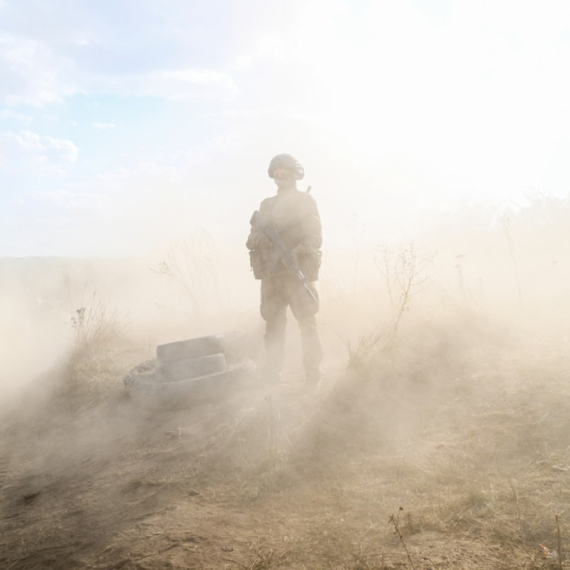
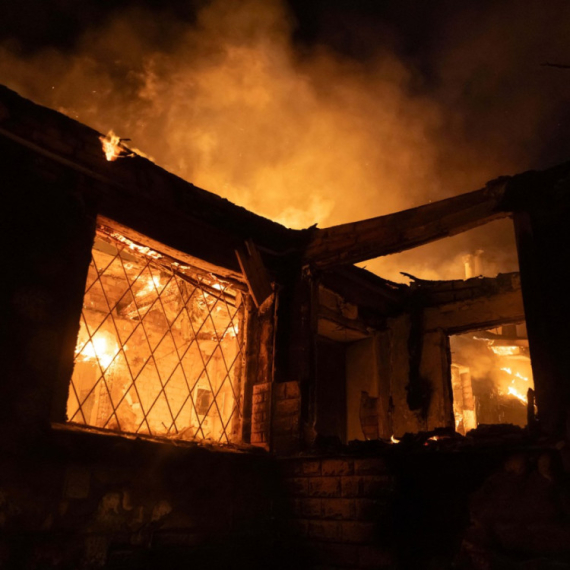
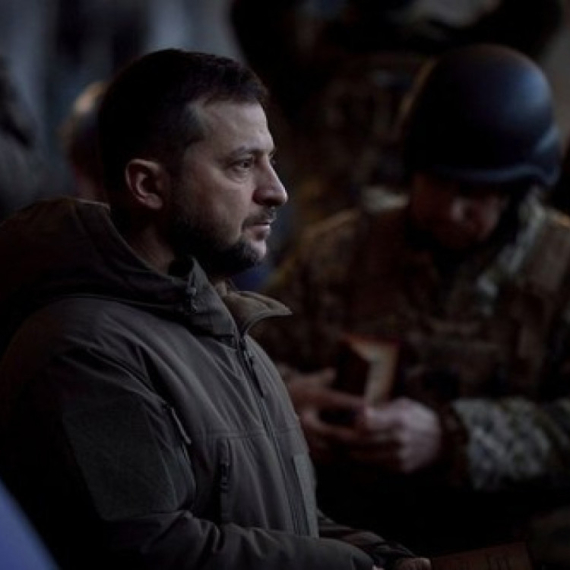
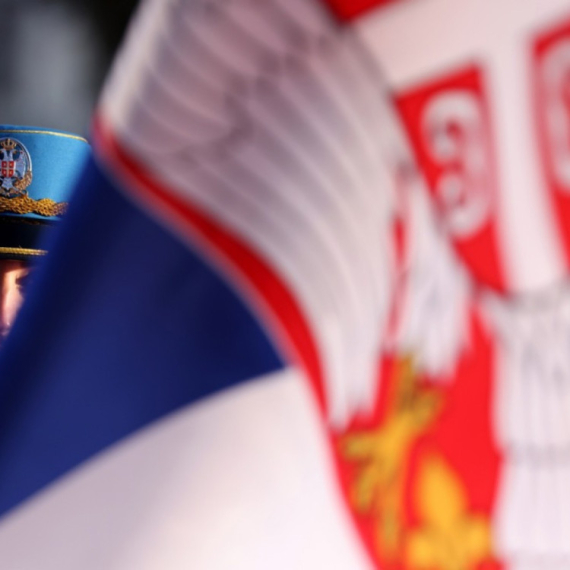



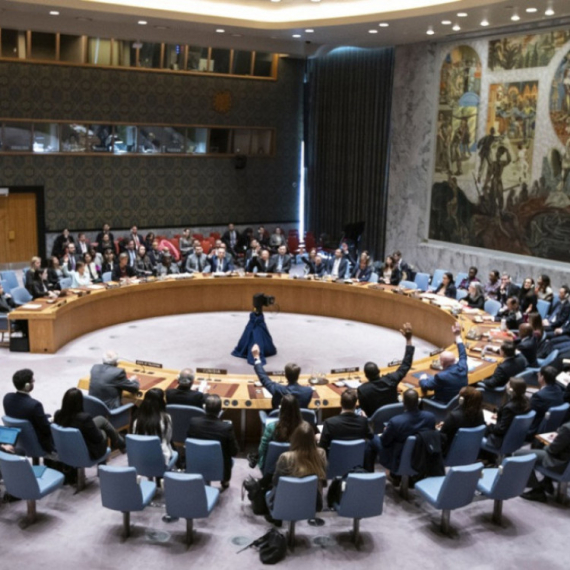
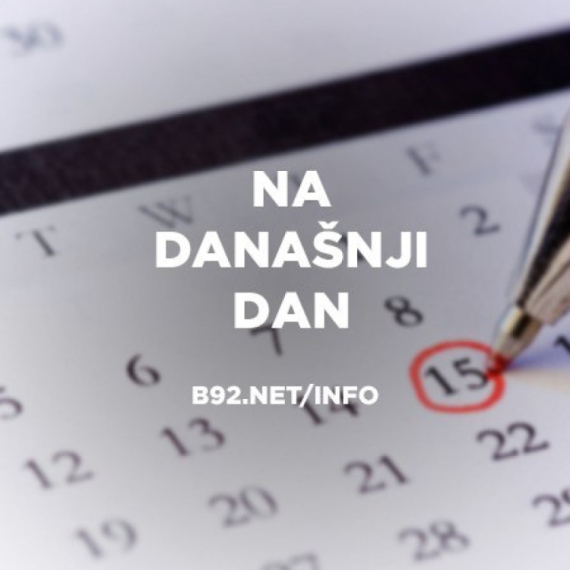
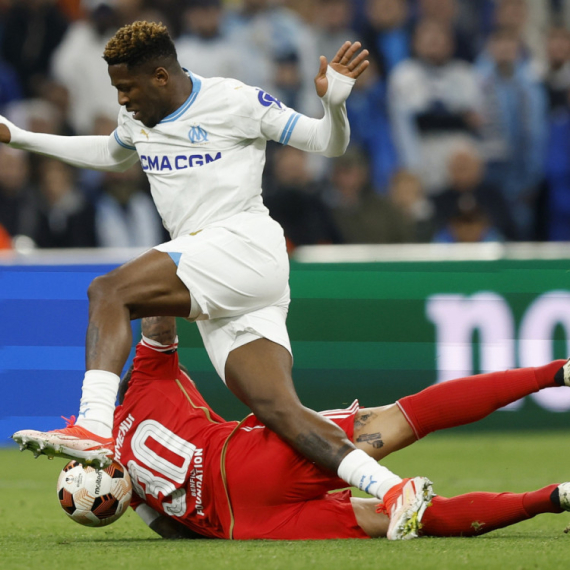

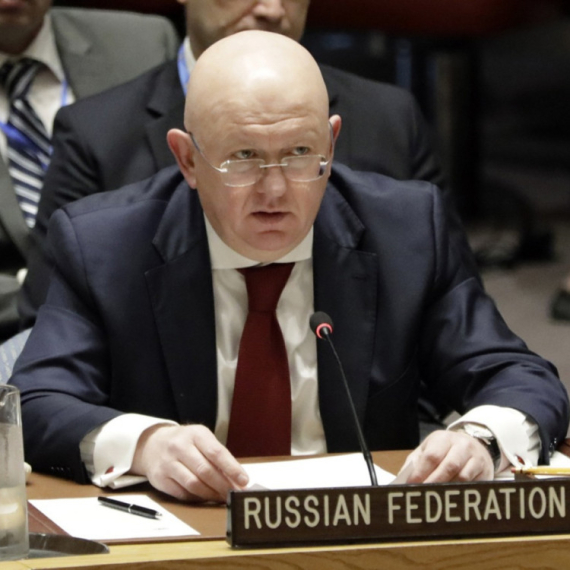
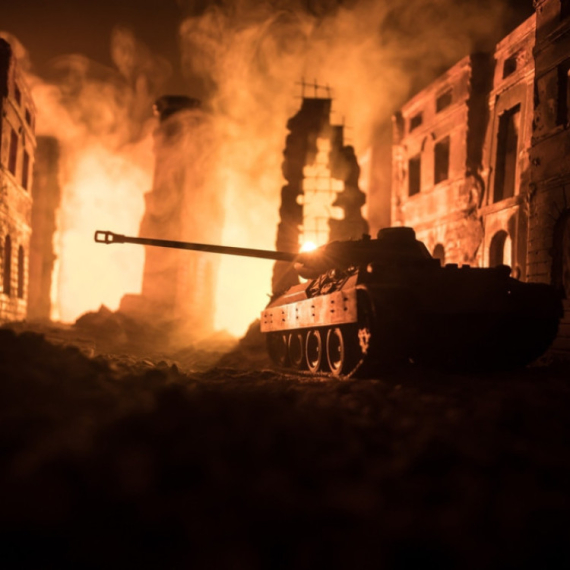
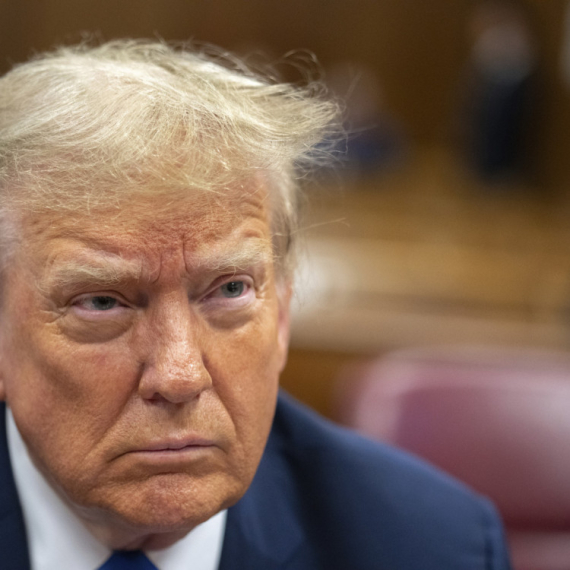
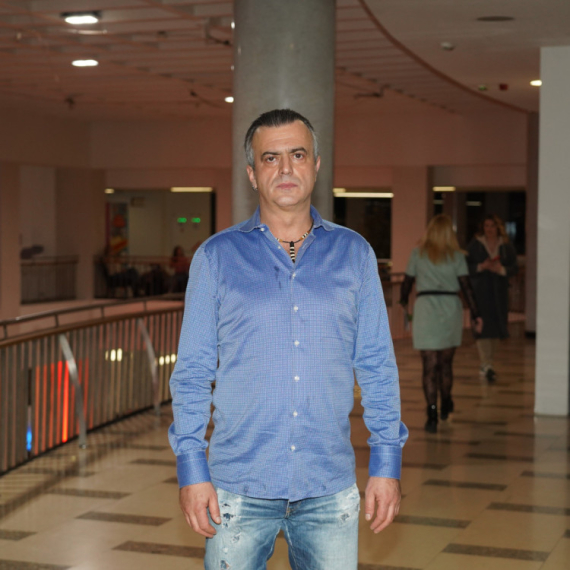
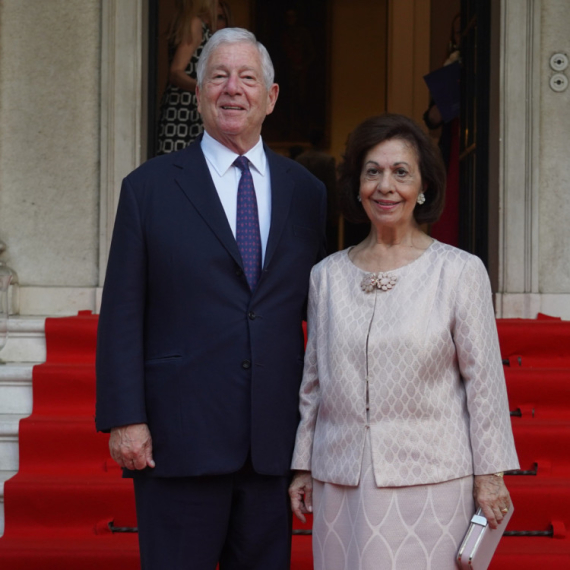

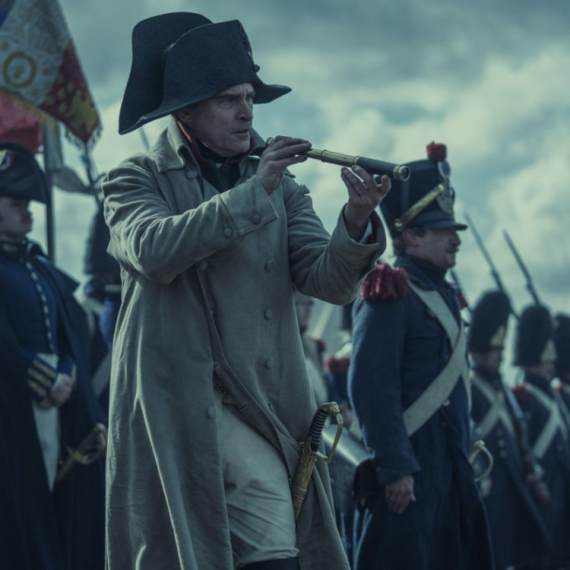





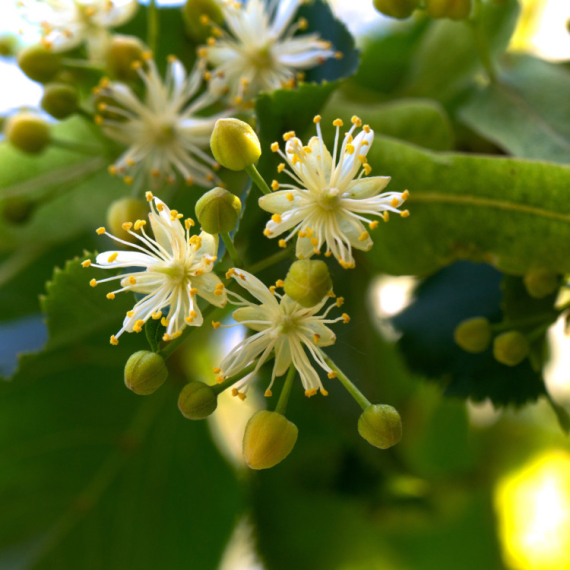
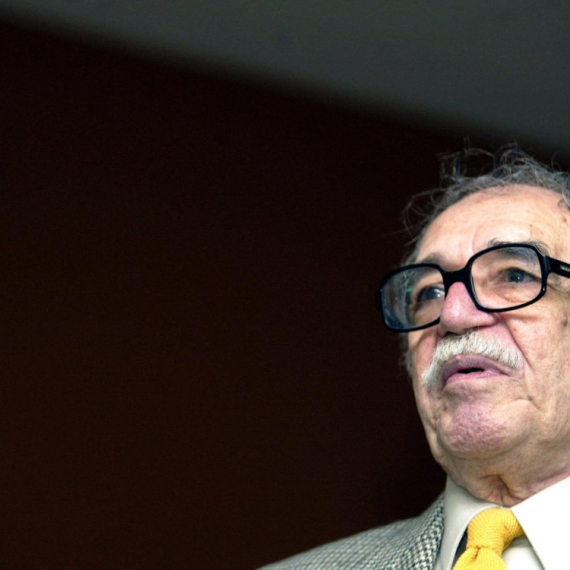

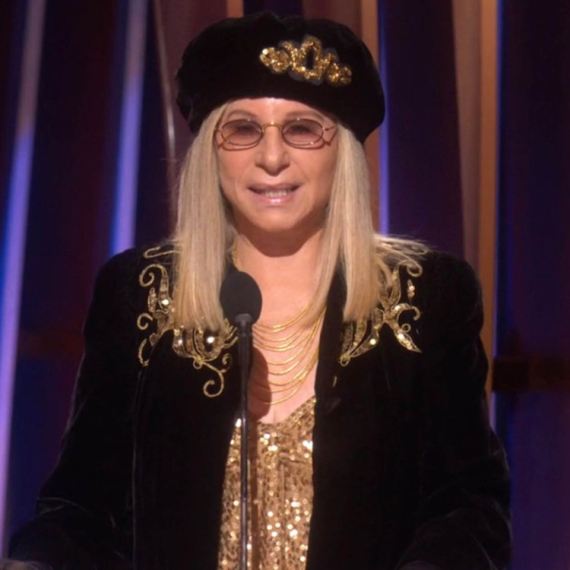
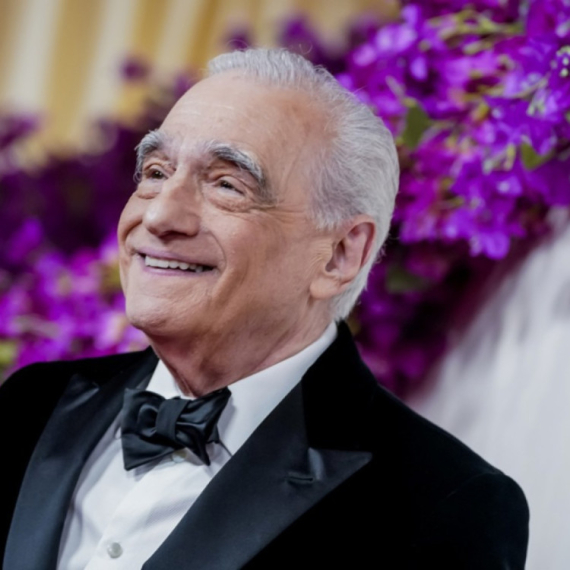
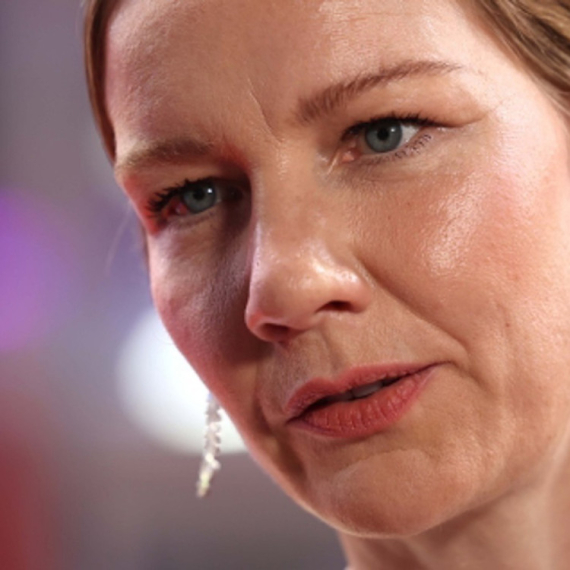



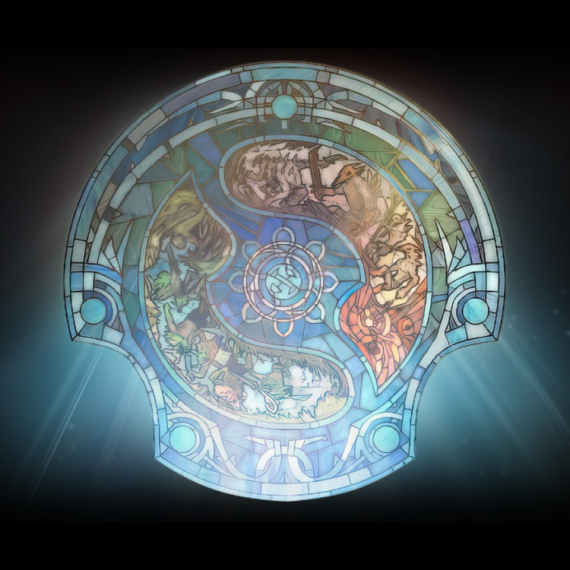

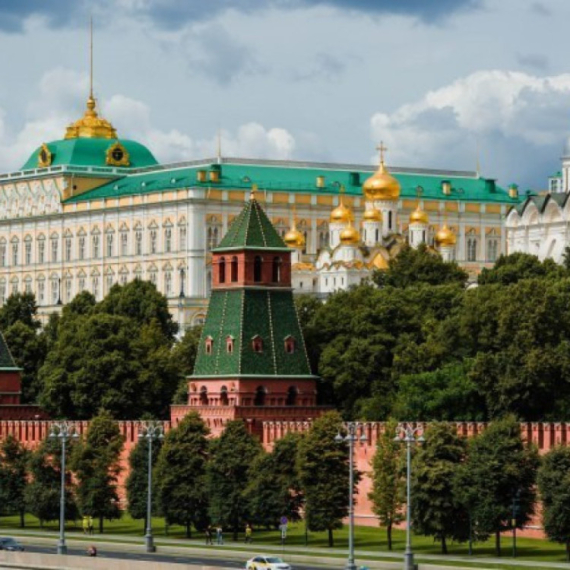
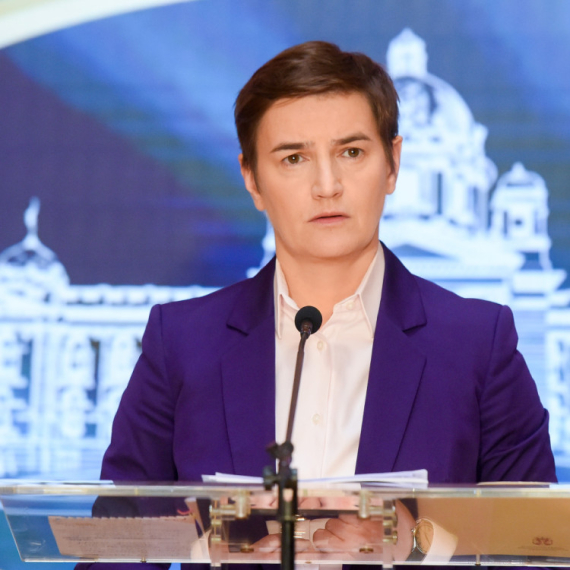

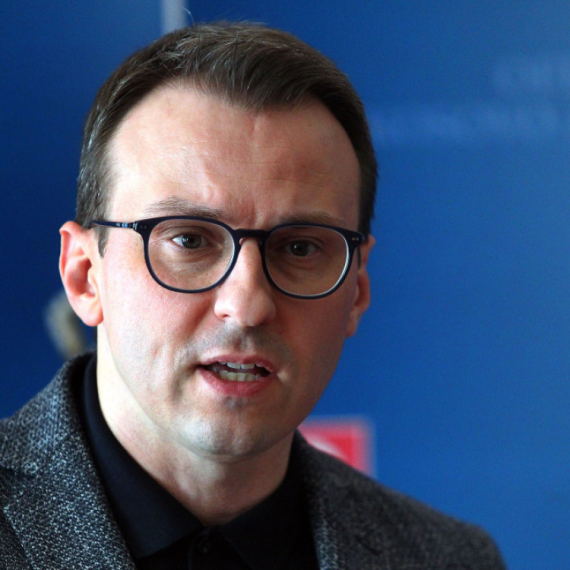
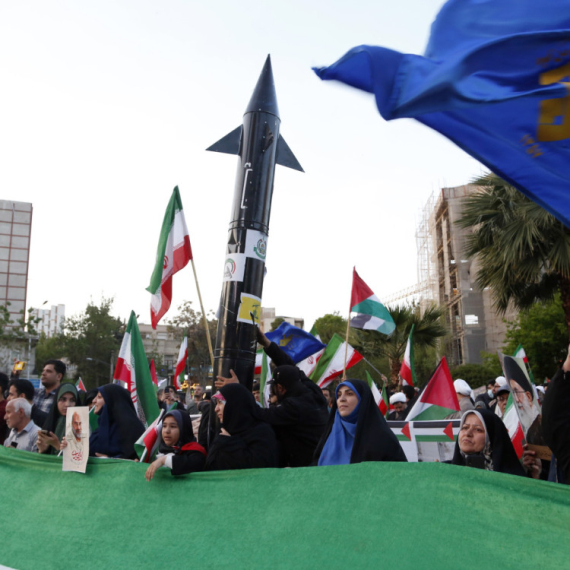

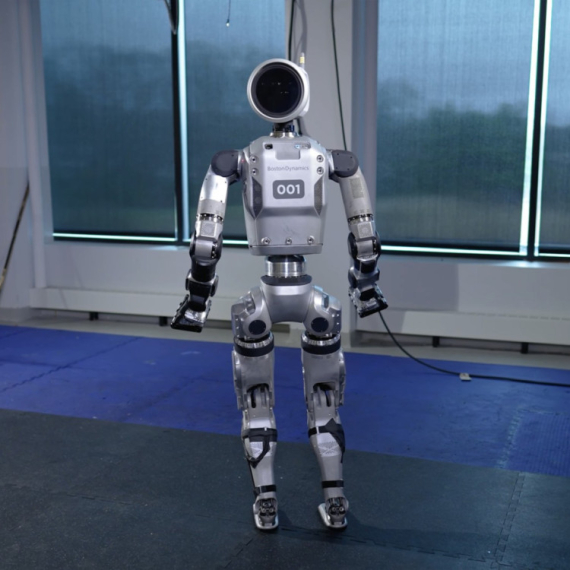

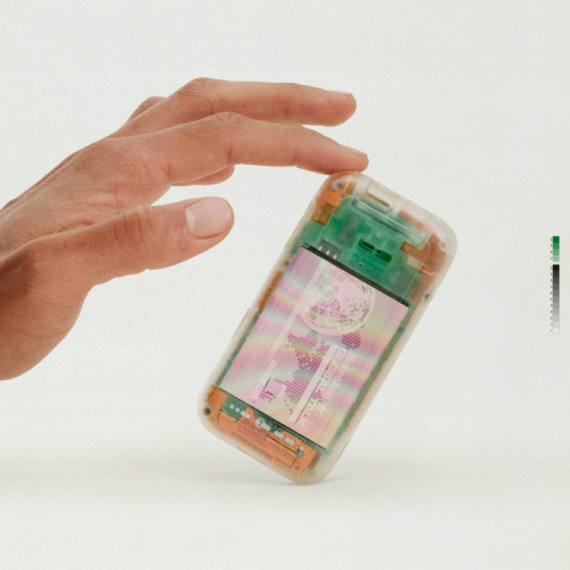
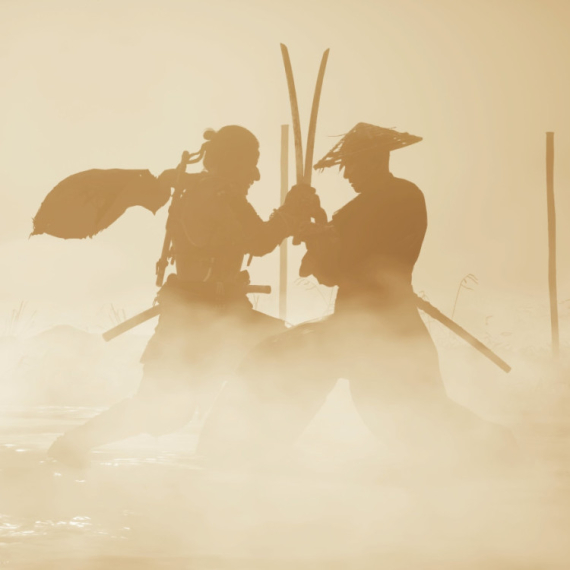



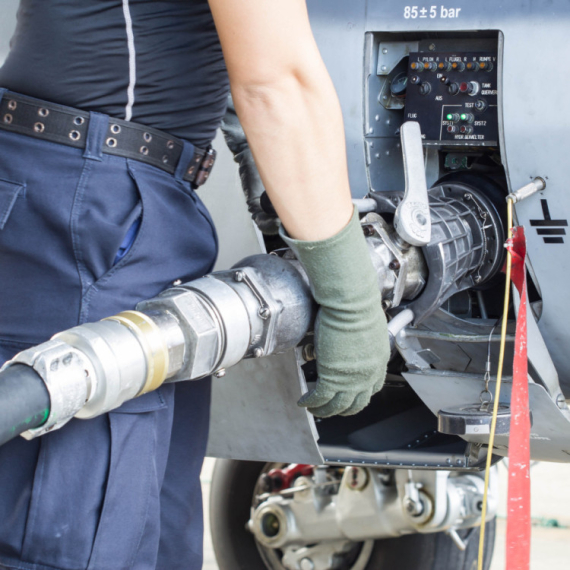

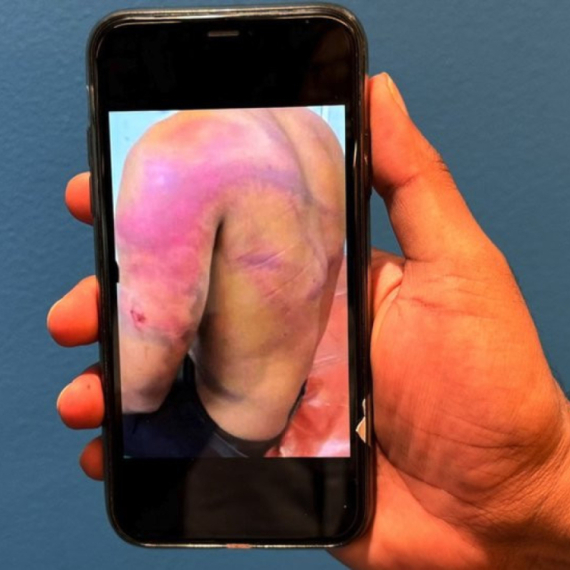
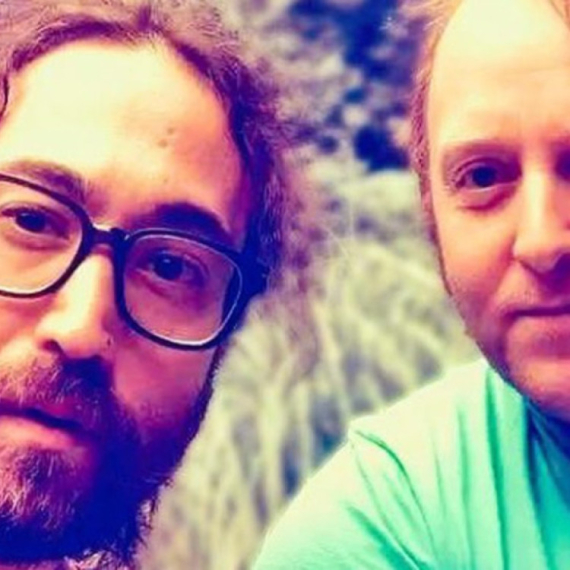
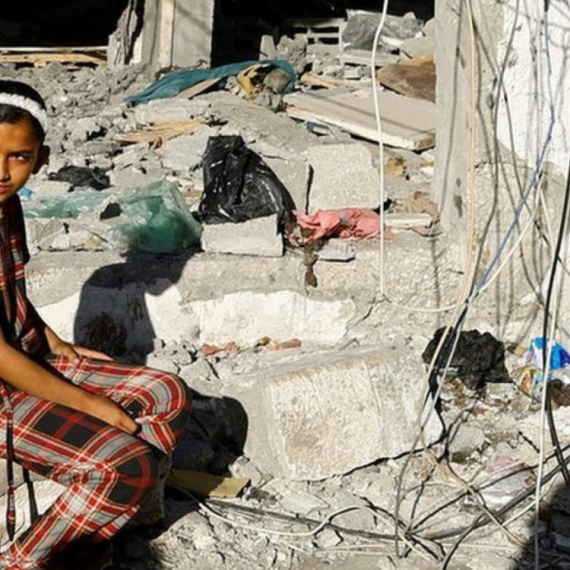
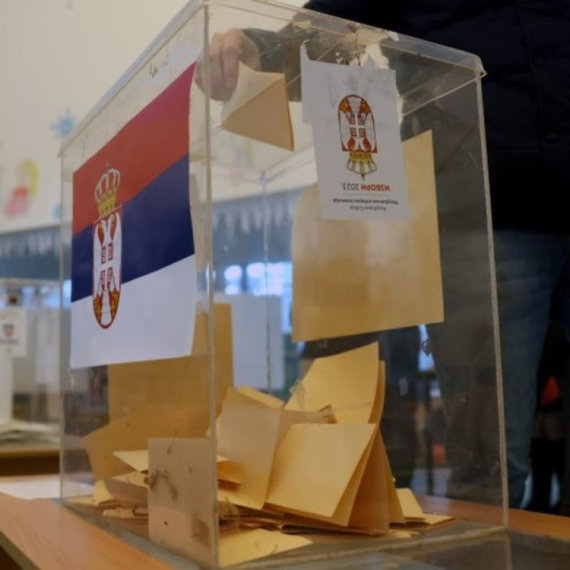
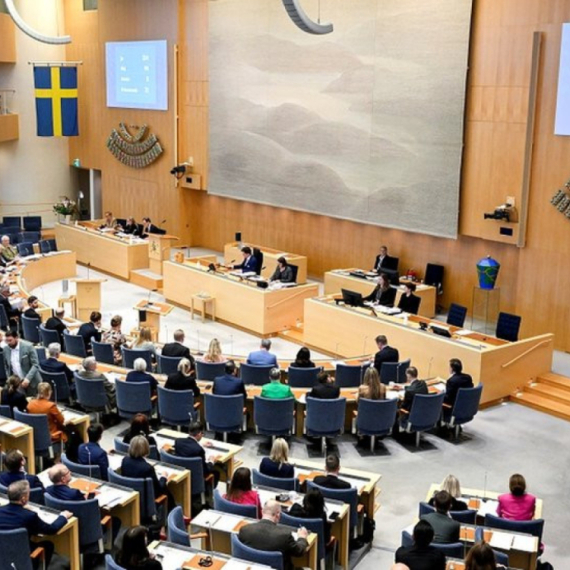

Komentari 0